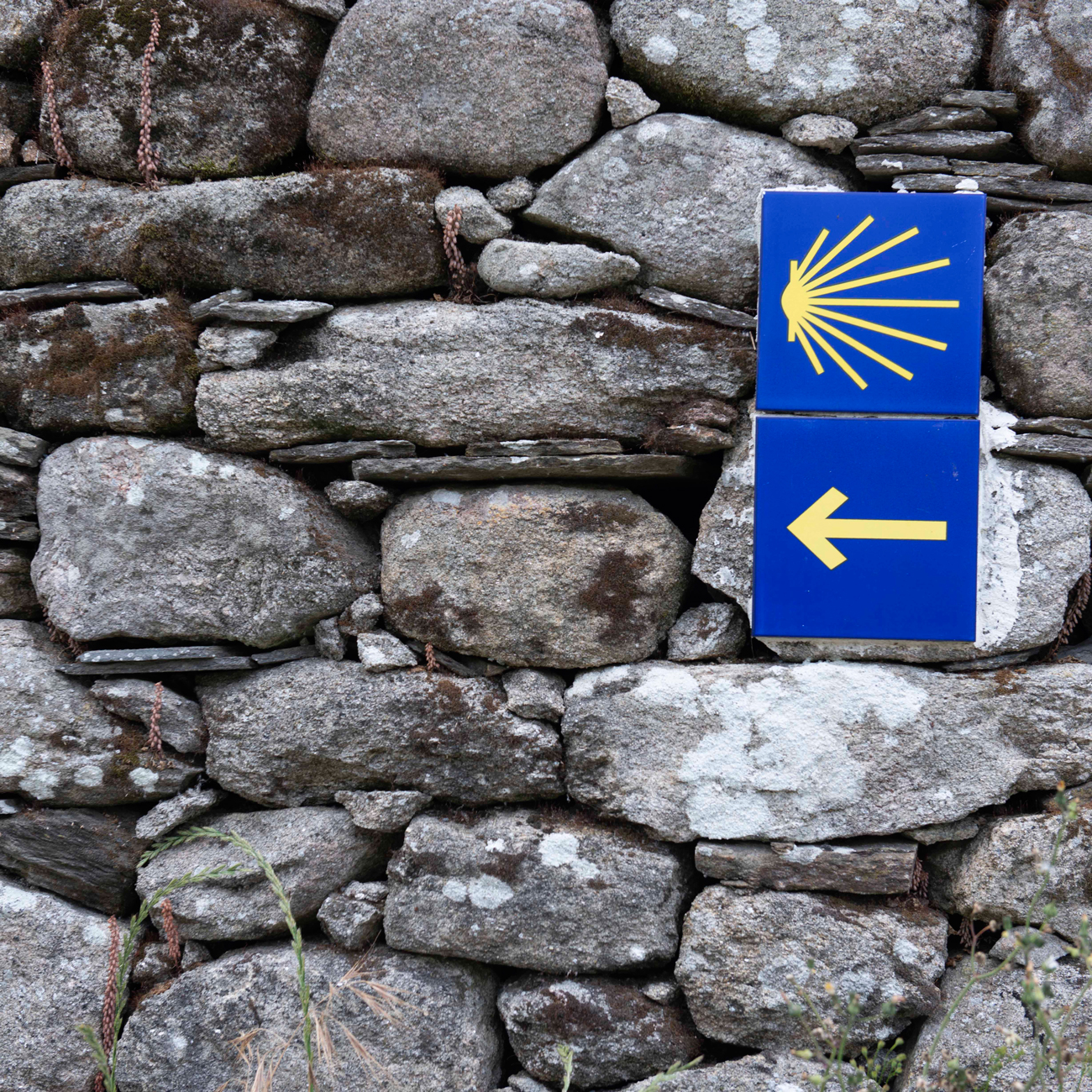San Miguel de Bacurín
Bacurín (San Miguel)Bacurin7
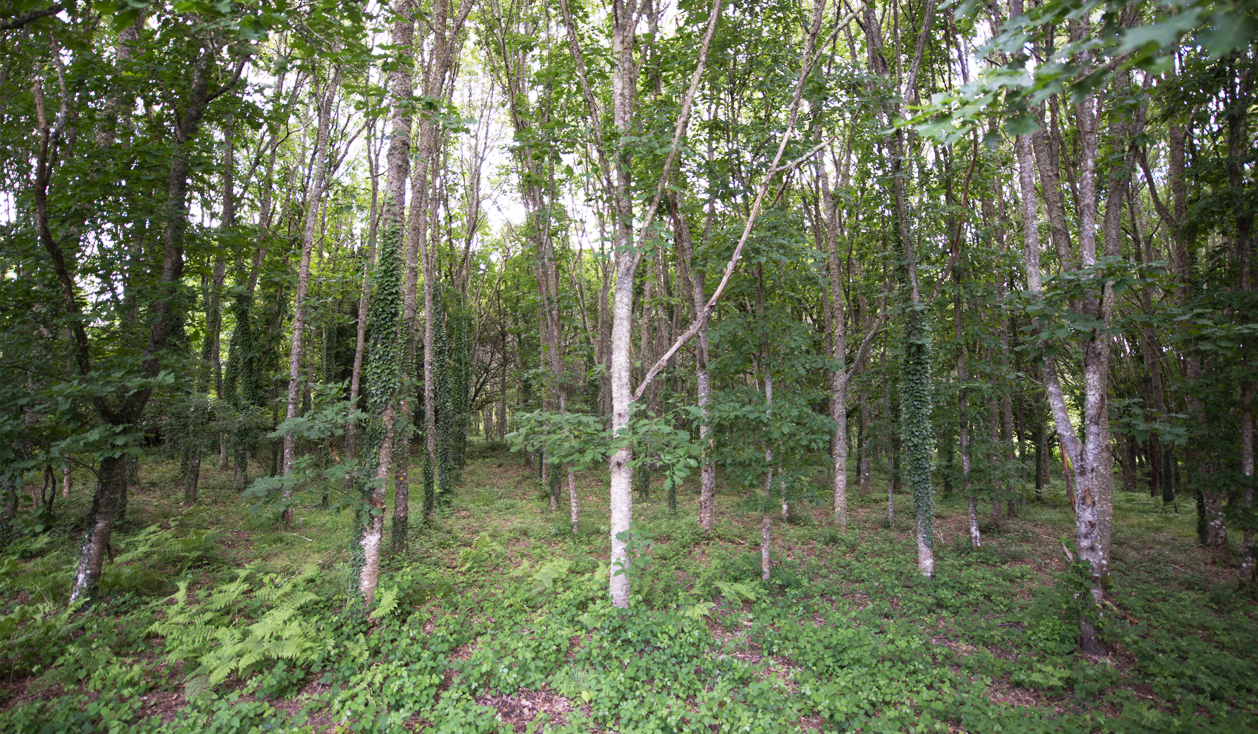
San Miguel de Bacurín
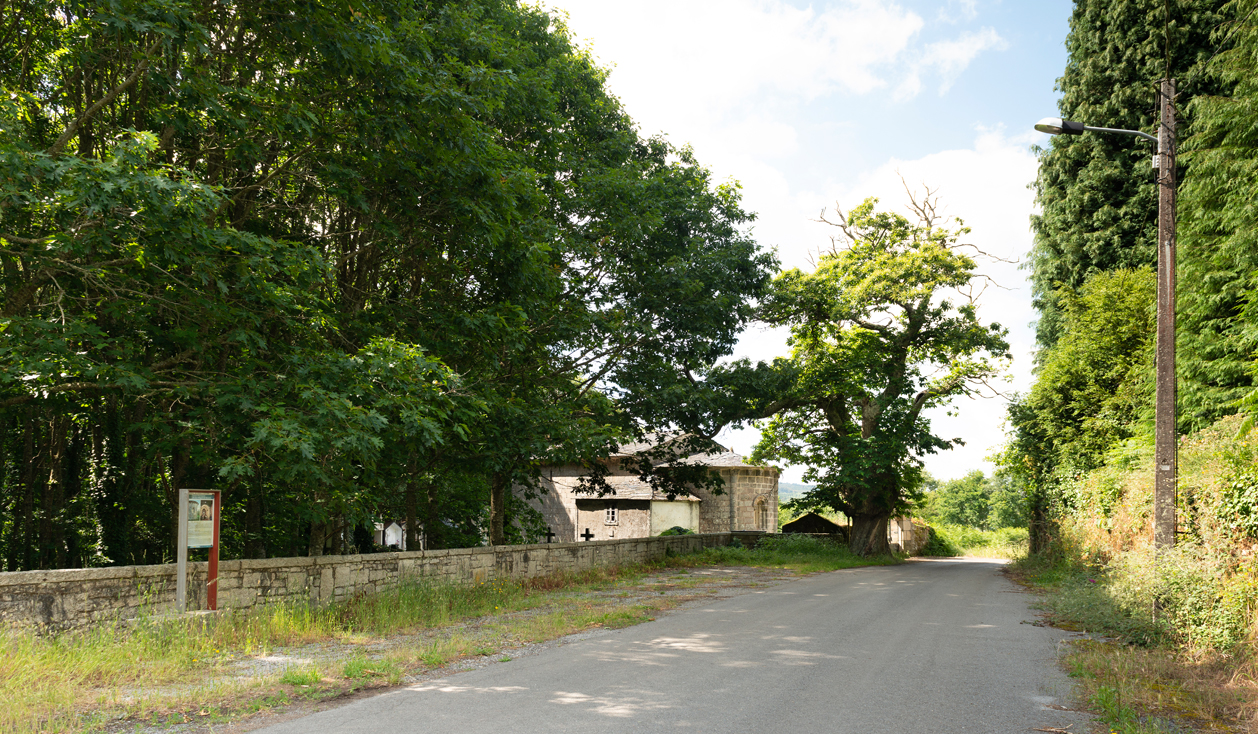
San Miguel de Bacurín
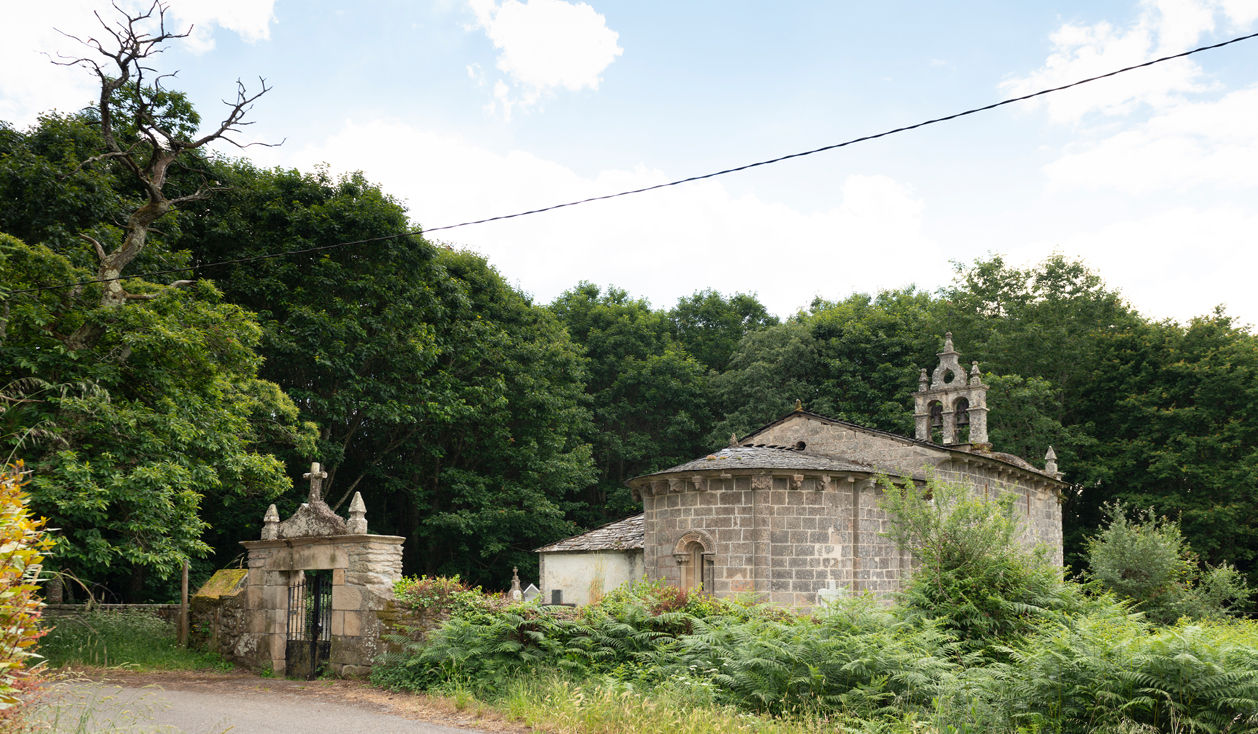
San Miguel de Bacurín

San Miguel de Bacurín

Bacurin8
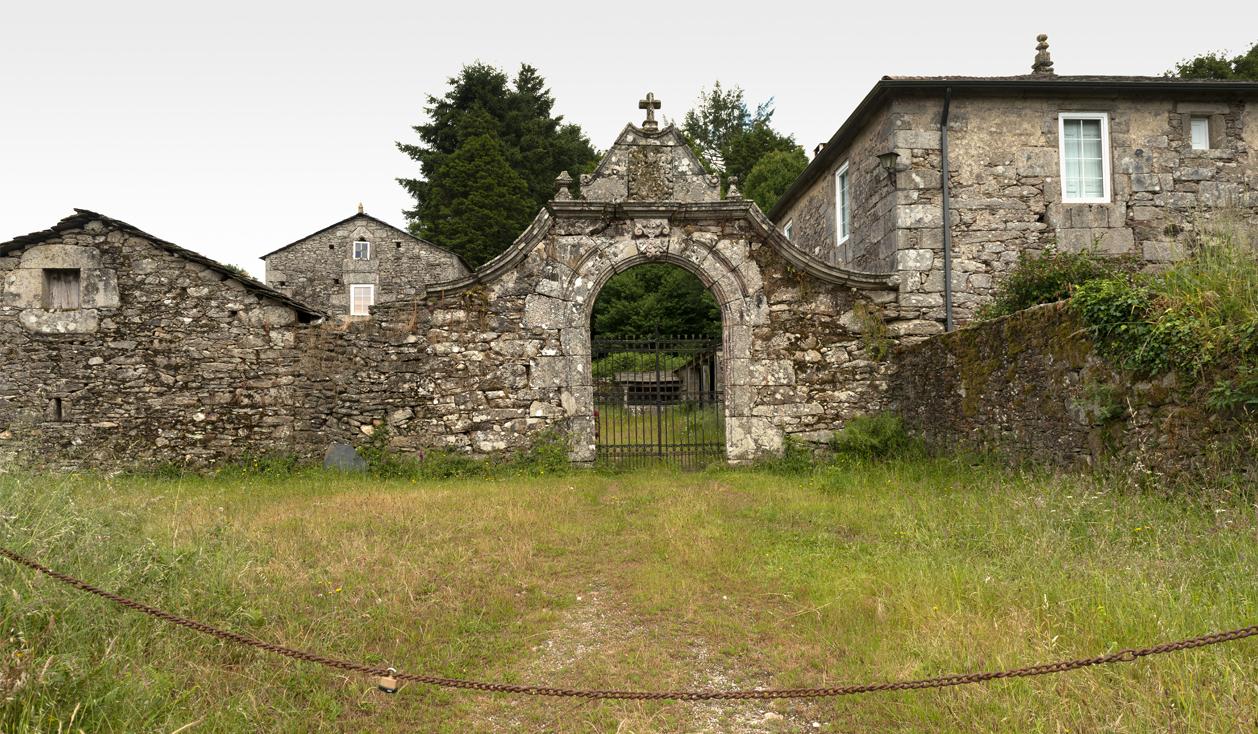
Invaluable example of the rural Romanesque style, dating from the twelfth century. Walls built with ashlars. While the first written record of San Miguel de Bacurín dates from the year 960, in the 1200s it is mentioned more or less frequently.

Nave. Wood rafters, with four simple windows, two on either side, which on the outside take the shape of an elongated arrowslit. The main facade appears to have undergone major alterations, but preserves the original Romanesque arched doorway, with three archivolts with moldings, the extrados of which is billeted. Beneath the projecting impost are three columns built into the wall on either side, with smooth shafts and slender capitals bearing a plant-inspired motif. The tympanum and jambs, by contrast, are bare. There is a Romanesque side door with two archivolts and a line of bare imposts, beneath which are two columns, one on each side, with plant-inspired capitals and simple bases; the bilobed tympanum is bare, while the jambs are adorned with a simple molding. Above the facade is a belfry with twin arches.
Apse.The nave opens with a round triumphal arch supported on semicolumns. It is divided into two sections, the first straight with a barrel-vault ceiling, and the second semicircular, with a raised dome. There is a window at the back with an archivolt supported on a bare impost and two small columns with plant-motif capitals and plain shafts. The moldings of the archivolt are billeted, and the window narrows to an unadorned arrowslit, repeating the same pattern inside and out. Two semicolumns run from top to bottom of the apse’s outer wall. Of the sixteen brackets supporting the cornice, some are bare, while others are decorated with plant motifs or with large, well-carved figures that appear to represent vices. The sacristy, which is adjoined to the right side of the apse and has a three-sloped roof, is more recent than the rest of the building.
Altarpieces. Main altarpiece: baroque, seventeenth-eighteenth century. Image of Saint Michael, from the same period as the altarpiece itself (1.15), along with Mary Immaculate (1.00) and a crucifix (0.60); they are accompanied by a modern image of the Sacred Heart. Behind the altarpiece there are paintings hidden from view that are difficult to examine or catalogue. Side altarpiece: folk-style baroque lacking any salient characteristics.
Pazo (manor house).Across from the church there is a house with a courtyard, the only enduring sign of its noble past being the coat of arms over the main gate, with baroque decorations carved in stone.
Prehistory and ethnography. Near to the village of Bacurín are a group of so-called “castronelas,” a regional term for ancient defensive structures. In the course of agricultural work, artifacts appeared at the site that were unfortunately lost before they could be properly classified (JMGR José Manuel González Reboredo).
Texts © JMGR José Manuel González Reboredo / Inventario artístico de Lugo y su provincia. Vol. I. Abadín – Campelo. Servicio nacional de información artística, arqueológica y etnológica, 1975. (English translation © Ayuntamiento de Lugo)
San Miguel de Bacurín
XII Century
Localition
Bacurín, 27232 Lugo. Camiño Primitivo
Coordinates
42º 58' 05.0" N - 7º 41' 18.9" W






